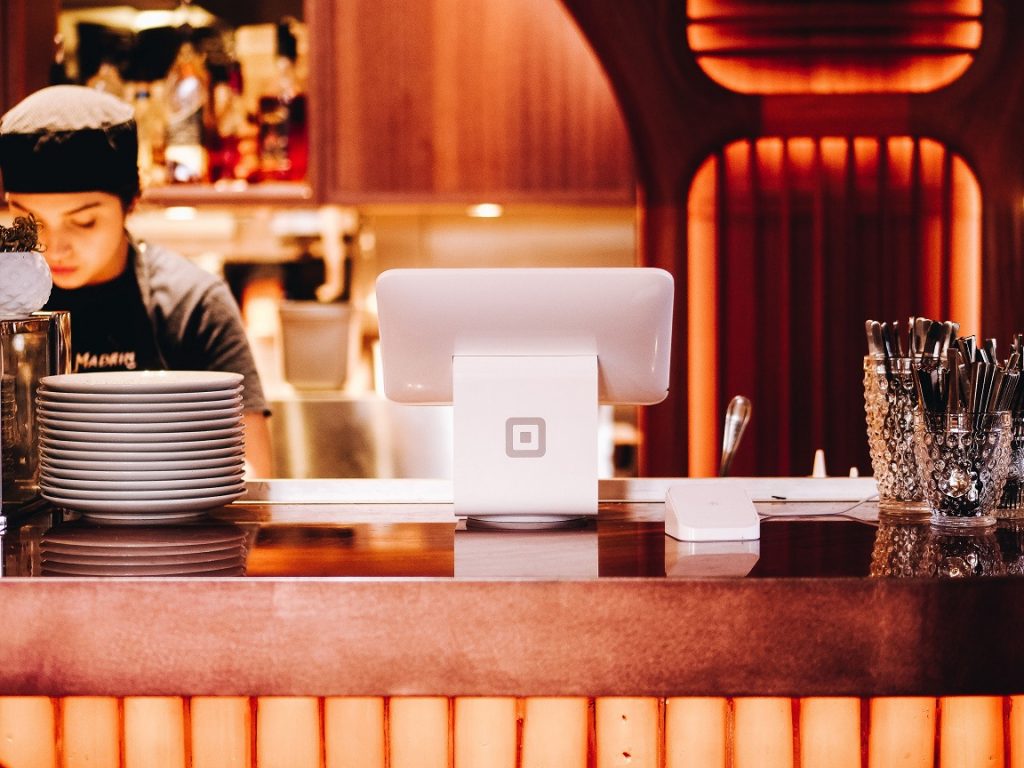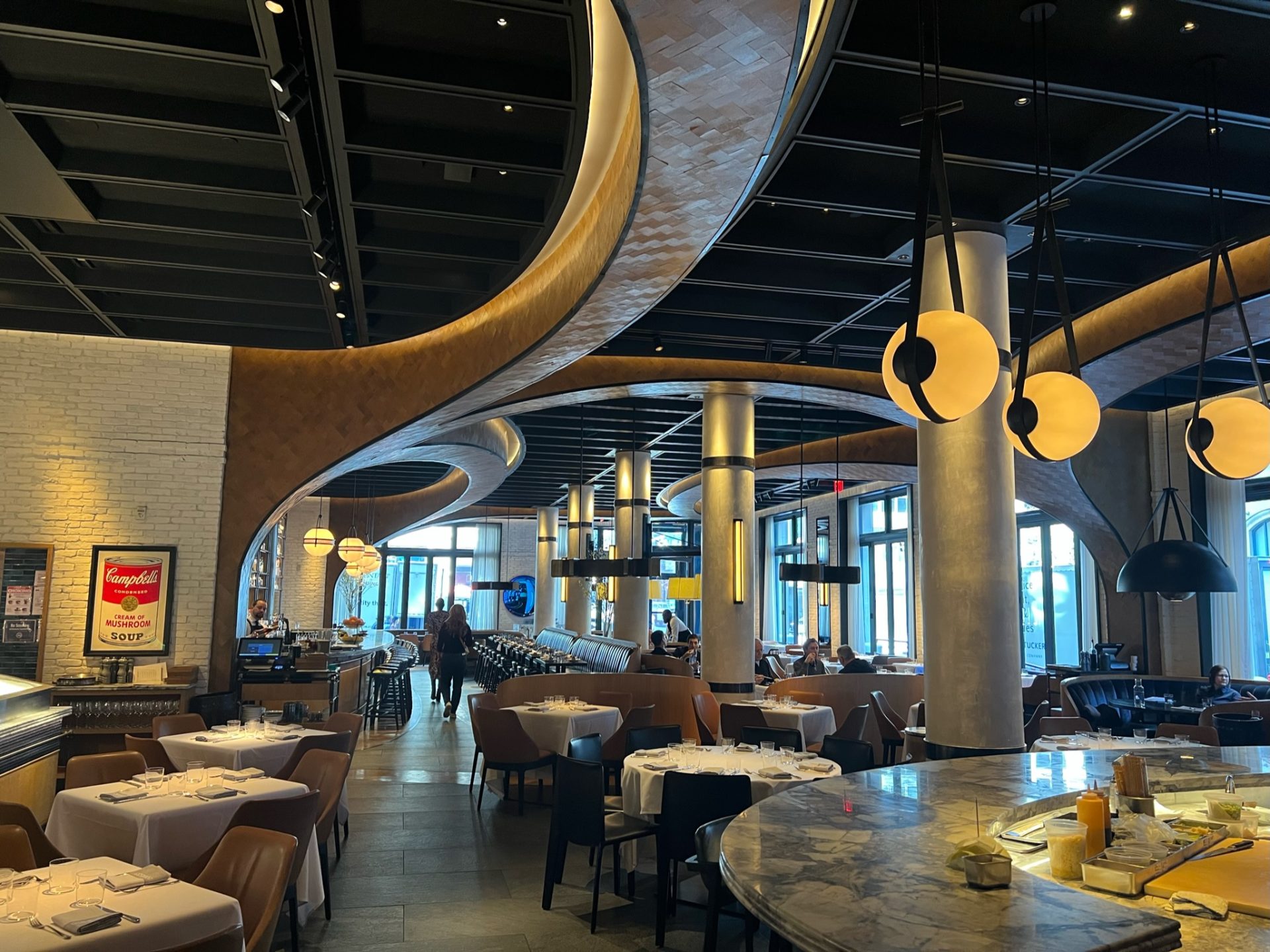Asian Restaurant ISB: A Must-Try Area for Food Lovers in Islamabad
Savor Authentic Eastern Food With a Pan-Asian Spin for a Cooking Journey
Starting a cooking journey with authentic Asian food, improved with a Pan-Asian twist, offers a distinct opportunity to discover the abundant tapestry of flavors that define the region's diverse cooking traditions. This experience welcomes you to appreciate the beautiful equilibrium of preferences-- sweet, salty, spicy, and sour-- balanced by aromatic herbs and flavors. Picture the ingenious combination of Thai curry and ramen or the unexpected pleasure of sushi burritos. As you contemplate these enticing recipes, consider the social stories and historical influences that form them, each bite supplying a story waiting to be found.

Discovering Pan-Asian Flavors
In the realm of worldwide gastronomy, Pan-Asian cuisine sticks out for its amazing diversity and the unified interplay of tastes from different Asian societies. This cooking method celebrates the unique active ingredients and rich practices located across the continent, creating a tapestry of preferences that is both rewarding and interesting. Secret to Pan-Asian cuisine is its capability to balance contrasting flavors-- wonderful, salty, spicy, and sour-- while highlighting the freshness and quality of each component.
From the umami-rich soy sauce of Japan to the fiery chili peppers of Thailand, Pan-Asian cuisine provides a comprehensive palette of tastes. These components are often integrated in creative means, boosting recipes with layers of intricacy. For instance, using great smelling herbs such as lemongrass and cilantro, common in Vietnamese and Thai cuisine, adds a rejuvenating illumination to recipes, while the unification of coconut milk supplies a luscious, abundant texture.
The focus on fresh produce and aromatic flavors makes sure that each meal is not only a feast for the taste yet additionally for the detects. Pan-Asian food invites restaurants to start a culinary journey, discovering the substantial and varied landscapes of Oriental gastronomy with every bite.
Combination Meals to Attempt
While Pan-Asian cuisine is celebrated for its typical tastes, the modern-day culinary landscape is increasingly welcoming blend dishes that mix these traditional aspects with impacts from other areas. This innovative strategy not only honors the rich heritage of Oriental cooking arts however additionally presents novel preference experiences that interest contemporary palates.
An archetype of such a fusion recipe is the Korean-Mexican taco, where seasoned bulgogi beef is wrapped in a warm tortilla, topped with kimchi and a spicy gochujang-infused salsa. This combination weds the bold, savory flavors of Korea with the vivid, fresh aspects of Mexican food. In a similar way, sushi burritos have gotten appeal, joining together the delicate virtuosity of Japanese sushi with the hearty, hand-held comfort of a burrito, usually featuring combination ingredients like tempura shrimp and avocado with a drizzle of wasabi mayo.
One more notable meal is Thai curry ramen, which instills the luscious, aromatic flavors of Thai curry right into the soothing broth of conventional Japanese ramen, producing a harmonious blend that entices the senses. These combination recipes expand past mere uniqueness; they stand for a culinary dialogue between societies, encouraging exploration and technology worldwide of Pan-Asian cuisine.
Necessary Ingredients and Flavors
To really appreciate Pan-Asian food, one must understand the vital ingredients and flavors that create its structure. This diverse cooking design attracts look what i found from an abundant tapestry of Asian traditions, employing a harmonious blend of appearances and flavors. Key components consist of soy sauce, fish sauce, and oyster sauce, which impart a full-flavored umami depth necessary to Oriental dishes. Corresponding to these are rice vinegar and mirin, offering a fragile level of acidity and sweet taste.
Aromatic elements are crucial, with ginger, lemongrass, and garlic being ubiquitous across various Pan-Asian recipes. These active ingredients give an aromatic base that boosts the intricacy of flavors. Seasonings such as star anise, cardamom, and cinnamon present warmth and character, resembling impacts from regions like China and India.

Cooking Methods and Tips
Mastering the art of Pan-Asian cuisine needs knowledge with its distinctive cooking techniques, each adding to the lively tapestry of tastes this cooking tradition is celebrated for. Central to these approaches is the stir-fry, a quick food preparation strategy that maintains the dietary integrity and dazzling colors of active ingredients. Making use of a wok, the stir-fry technique permits also warmth circulation, necessary for achieving the characteristic appearance and flavor balance of Pan-Asian dishes.
An additional basic method is steaming, particularly widespread in Chinese cuisine. This mild method preserves the natural tastes and nutrients of components, making it excellent for fish and shellfish and veggies. Dumplings, a beloved staple, frequently benefit from steaming, resulting in soft, succulent textures.
Cooking, additionally essential, presents smoky depths to recipes such as Korean bulgogi or Japanese yakitori (asian restaurant isb). This technique usually entails seasoning ingredients, permitting flavors to pass through deeply prior to cooking over an open flame or warm plate
Last but not least, grasping the art of stabilizing flavors-- sweet, sour, salted, bitter, and umami-- is critical. Effectively layering these elements can raise a meal from average to remarkable, providing a complex and satisfying culinary experience that symbolizes the essence of Pan-Asian food.
Eating Experiences Worldwide
Around the world, Pan-Asian cuisine supplies an unmatched eating experience, celebrated for its rich tapestry of flavors and vibrant presentations. This culinary sensation has actually transcended social boundaries, catching the hearts and palates of food enthusiasts worldwide. In multicultural cities fresh York, London, and Sydney, Pan-Asian dining establishments act as melting pots where culinary practices from Thailand, Japan, China, and past merge, supplying diners with an eclectic mix of meals that highlight the area's diversity.
The global allure of Pan-Asian cuisine depends on its capacity to supply both credibility and advancement. Cooks masterfully marry standard active ingredients such as lemongrass, soy sauce, and miso with modern go to this web-site methods, causing dishes that are both familiar and refreshingly brand-new. This blend enables restaurants to embark on a cooking journey that respects heritage while embracing modernity.
In addition, eating experiences are elevated through attentively made atmospheres that show the ethos of Pan-Asian aesthetic appeals. From minimalist Japanese-inspired interiors to dynamic Thai-themed rooms, each dining establishment supplies an one-of-a-kind ambiance that complements the cooking offerings. As a result, patrons are not just consuming a meal but partaking in a cultural experience, making Pan-Asian dining a truly worldwide phenomenon.
Conclusion
The exploration of Pan-Asian food uses an extensive understanding of the detailed interplay of flavors and culinary customs throughout Asia. By welcoming combination recipes such as Thai curry ramen and sushi burritos, the culinary trip not just highlights the versatility of standard ingredients yet likewise showcases cutting-edge contemporary strategies. This gastronomic journey, improved by vital spices and cooking approaches, provides an unique possibility to appreciate the social diversity and cooking creativity that specify Pan-Asian cuisine on an international range.
Getting started on a culinary journey through genuine Eastern food, boosted with a Pan-Asian twist, uses a distinct possibility to discover the abundant tapestry of tastes that specify the region's varied cooking traditions.In the world of worldwide gastronomy, Pan-Asian cuisine stands out for its amazing variety and the unified interplay of flavors from different Eastern societies. Key to Pan-Asian cuisine is its capacity to balance different tastes-- pleasant, have a peek at these guys salted, spicy, and sour-- while highlighting the quality and quality of each component.
